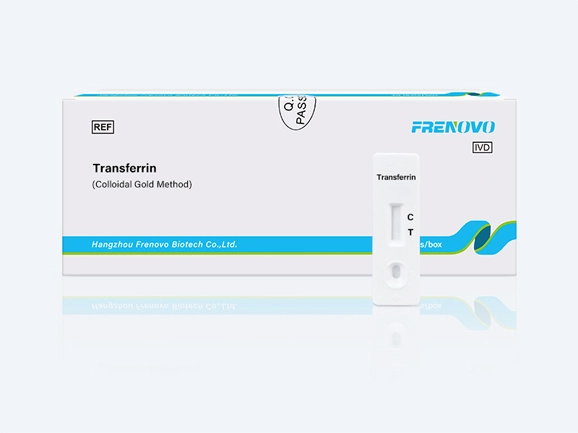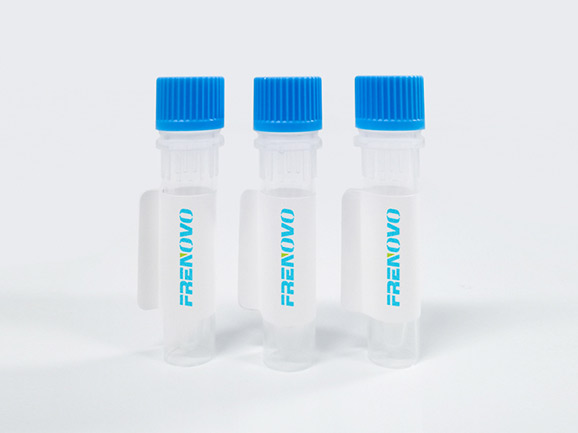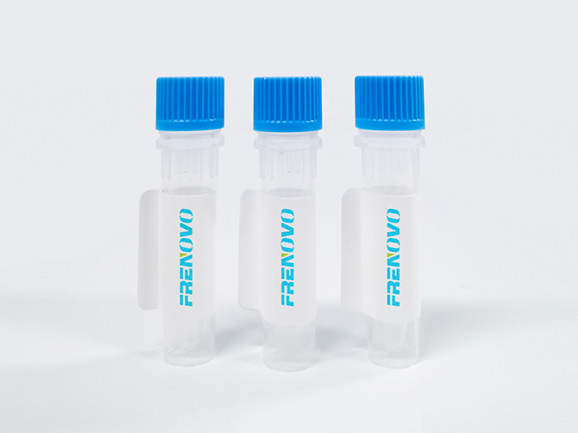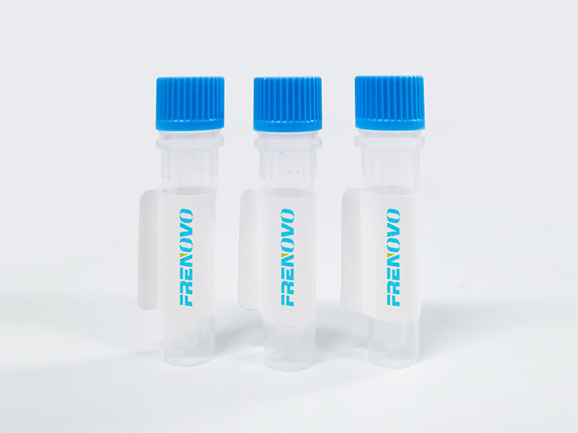Antiserum, usually refers to the polyclonal antibodies made after artificial passive immunization, which is the main content of immunology. Antiserum, also known as immune serum, mainly involves preparation of immunogen, animal immunization, bleeding, separation of antiserum, analysis and identification of antiserum.
Immunogen is a substance artificially made into a reactant that can stimulate humoral or cellular immunity in the body. Immunogens are made from good quality antigens and adjuvants. Common adjuvants include Freund's incomplete adjuvant and Freund's complete adjuvant.
The specific method of preparing the complete adjuvant is to mix lanolin and petroleum jelly in a ratio of 1:3, sterilize them under high pressure, and add 1.5mg of bacillus Calmette-Guerin (BCG) per milliliter of the mixture. When used, the adjuvant is mixed with the antigen in a 1:1 ratio by volume to form an oil-in-water emulsion.
The incomplete adjuvant is prepared by removing the BCG from the complete adjuvant.
The animals commonly used for animal immunization include rabbits (New Zealand white and Japanese white), sheep (Polwarth), guinea pigs, etc. Among them, rabbits have the advantages of good immunoreactivity to antigens and suitable individual size, and are the most widely used. Rabbit IgG does not distinguish subclasses, which is easy to manage in experiments. The animals used for immunization should be of appropriate age, healthy and free from infectious diseases, and male individuals are preferred.
The immunization sites usually include the paw, inguinal lymph nodes, thigh muscles, subcutaneous tissue, etc., and the effect of immunization is best when multiple sites are used in combination.
The immunization dosage varies greatly depending on the immunized animal and the molecular size of the antigen, and different immunization programs have large differences. According to the amount of antigen, it can be divided into micro-dose, constant dose and large-dose immunization methods. For micro-dose immunization, the amount of antigen is in the microgram level, for constant dose immunization, it is about 1-10mg, and for large-dose immunization, the immunization dose is 50-100mg. For mice, the amount of antigen is at the microgram level, while for rabbits, it ranges from 1mg to several milligrams.
Blood collection of immunized animals should start with 5-10mg of BCG to stimulate the immune system, which is usually called basic immunization and takes effect in 7-10 days. Then, the first injection is given to produce initial antibodies, mainly of the IgM type. The second injection is given in 2-4 weeks, and the titer is detected after 3-5 immunizations using micro-blood samples collected 7-10 days after immunization. For rabbits, ear vein or artery is used for blood collection, and for sheep, ear vein or jugular vein can be used.
Blood collection for rabbits: In winter, blood flows slowly in the ear, so rub the rabbit's ears with both hands until the middle artery bulges, and then gently puncture the artery with a needle (pay attention not to wipe it with alcohol or other liquids). The blood will flow out in droplets, which can be collected using a micro-pipette. In summer, because blood flow is more active, venous blood can be taken.
For sheep, the hair on the ears should be shaved off with scissors or an electric clipper. The ears should be rubbed until the blood vessels bulge, and then blood can be collected using a syringe.
The methods for titer detection include ELISA, immunodiffusion, unidirectional diffusion, etc. Other detection and analysis methods can also be selected based on the purpose of preparing antibodies.
After reaching the expected purpose of micro-blood collection and detection, the animal is euthanized by exsanguination.
Rabbits and guinea pigs are euthanized by heart puncture, and sheep are euthanized by venous bleeding.
The amount of blood collected is 5-10ml for guinea pigs, about 100ml for rabbits, and about 2500ml for sheep. For mice, blood can be collected from the eyeball.
During blood collection, sterile procedures should be followed, and the blood should be collected into a larger sterile container. After coagulating at room temperature for 30 minutes, the container should be placed in a 37℃ incubator for further coagulation. Finally, the container should be placed in a refrigerator at 4℃ until the coagulation is sufficient. After complete coagulation, the container should be centrifuged at 3000-5000rpm for 20 minutes to obtain clear serum.





